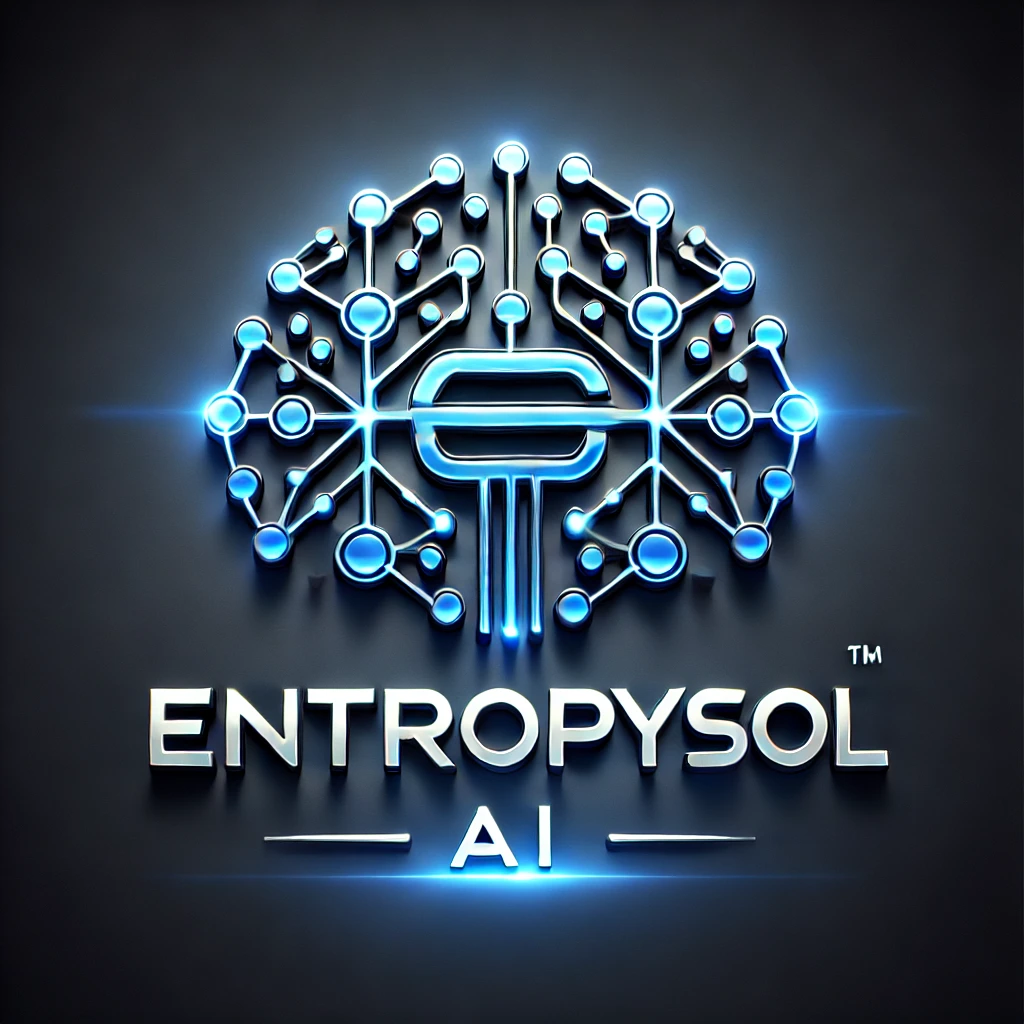In the vast landscape of artificial intelligence, models capable of forecasting numerical outcomes are indispensable. This is where regression models come into play, providing the power to predict continuous values like housing prices, stock trends, or temperature fluctuations. For developers and data scientists looking to build such predictive systems with efficiency and flexibility, Keras emerges as an exceptional choice. This high-level deep learning API, integrated with TensorFlow, simplifies the process of creating and deploying robust regression solutions.
What Exactly Are Regression Models?
Regression models are a class of supervised machine learning algorithms designed to predict a continuous output variable based on one or more input features. Unlike classification, which predicts discrete categories, regression focuses on numerical predictions. For instance:
- Predicting House Prices: Based on features like size, location, and number of bedrooms.
- Forecasting Sales: Based on advertising spend, seasonality, and historical data.
- Estimating Patient Recovery Time: Based on treatment type and patient demographics.
These models aim to learn the relationship between input features and the continuous target variable, allowing them to make informed predictions on new, unseen data.
Why Choose Keras for Regression Tasks?
Keras offers compelling advantages when developing regression models:
- Simplicity and Speed: Its intuitive API allows for rapid model prototyping, enabling quick experimentation with different architectures.
- Flexibility in Architecture: You can easily define custom neural network structures, stacking various layers to capture complex relationships in your data.
- Seamless TensorFlow Integration: Keras runs on top of TensorFlow, providing access to its powerful backend capabilities for efficient computation and deployment.
- Strong Community and Resources: A large and active community, coupled with extensive documentation, makes troubleshooting and learning straightforward.
These features make Keras an ideal framework for tackling diverse regression challenges.
Building a Basic Regression Model with Keras (Conceptual Overview)
The process of building a regression model in Keras mirrors that of classification, with a few key distinctions:
- Data Preparation: Load and preprocess your numerical dataset. This often involves scaling features (e.g., Min-Max scaling, Standardization) to ensure consistent input ranges, and splitting data into training and testing sets.
- Model Definition: Construct your neural network. For regression, the output layer typically consists of a single neuron without an activation function (for linear output) or with a ReLU activation if predictions are expected to be positive. Hidden layers will use activation functions like ReLU or Tanh.
- Model Compilation: Configure the learning process by specifying the optimizer (e.g., Adam, RMSprop) and, crucially, a loss function appropriate for regression. Common regression loss functions include:
- Mean Squared Error (MSE): Measures the average squared difference between predictions and actual values.
- Mean Absolute Error (MAE): Measures the average absolute difference between predictions and actual values. You’ll also specify metrics like MAE or MSE to monitor performance.
- Model Training: Train the model on your prepared training data using
model.fit(), allowing it to learn the intricate patterns that map inputs to continuous outputs. - Model Evaluation: Assess the model’s predictive accuracy on unseen test data, using metrics like MSE or MAE to quantify performance.
Key Advantages of Keras for Regression
- Efficient Development: Get models up and running quickly.
- Customization: Tailor network architectures to specific regression problems.
- Robust Performance: Leverage TensorFlow’s backend for optimal training and inference.
- Deployment Ready: Easily export trained models for production use.
Regression Models with Keras: Forecasting the Future with AI
Keras empowers developers to build sophisticated regression models, unlocking the potential for accurate numerical predictions across various industries. Its intuitive interface combined with powerful backend capabilities makes it an indispensable tool for anyone looking to forecast trends, estimate values, and drive data-driven decision-making. Embracing Keras for regression means equipping your projects with the ability to predict the future with confidence.
